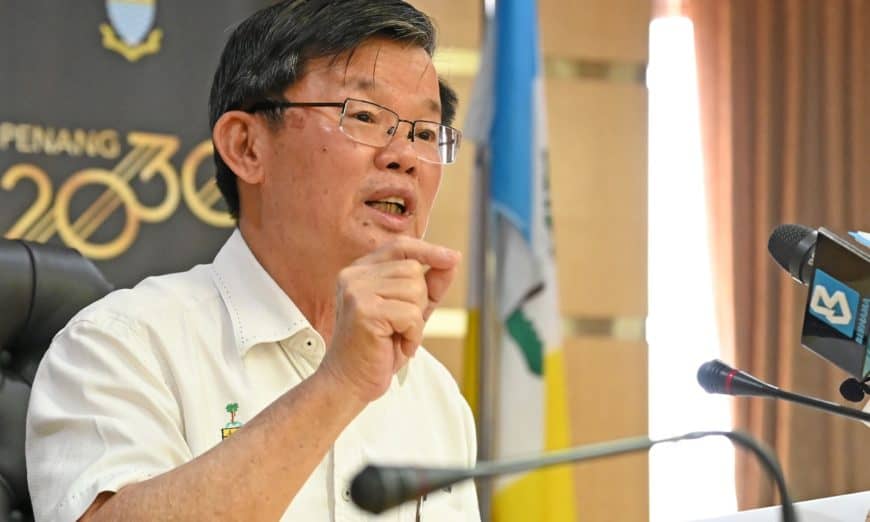THOSE who opposed the Penang South Islands (PSI) project has been using the assertion that it will be another ‘Forest City’ project.
The Forest City project is a luxury estate located in southern Malaysia and is said to be one of the most controversial developments in the country’s history.
Chief Minister Chow Kon Yeow said these opposing parties have even created (graphic) layouts of PSI, showing many high-rises.
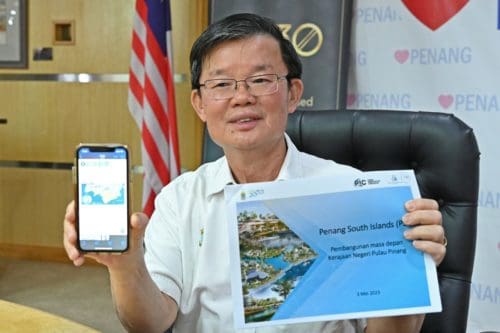
“That is their idea, their concoction of what will happen to the PSI project.
“However, we have said that Island A, now known as Silicon Island, will consist of a Green Tech Park and other components.
“We have announced what we planned to do, and it will be a continuation of the success of Bayan Lepas which has served Penang so well for the past 50 years.
“We have completed our 50 years of industrialisation journey and Penang has gained recognition as the Silicon Valley of the East and the electrical and electronics (E&E) hub in the region. We are trying to ensure that the state can continue its industrialisation journey for the next 50 years.
“(Our industrial development) has served the state and country, provided hundreds of thousands of job opportunities over the past 50 years; spurring the economy and social development of Penang,” he replied to a journalist during a media conference in Komtar today.
The journalist sought Chow’s response to the latest Consumers’ Association of Penang’s call for the Federal Government to scrap the PSI project.
Chow said satellite towns like Bayan Baru and Seberang Jaya were formed following the state’s industrial development which generates employment.
“We are providing sustainable development on PSI.
“Industry will be the catalyst and spurring the development of related land use on Silicon Island,” he said.
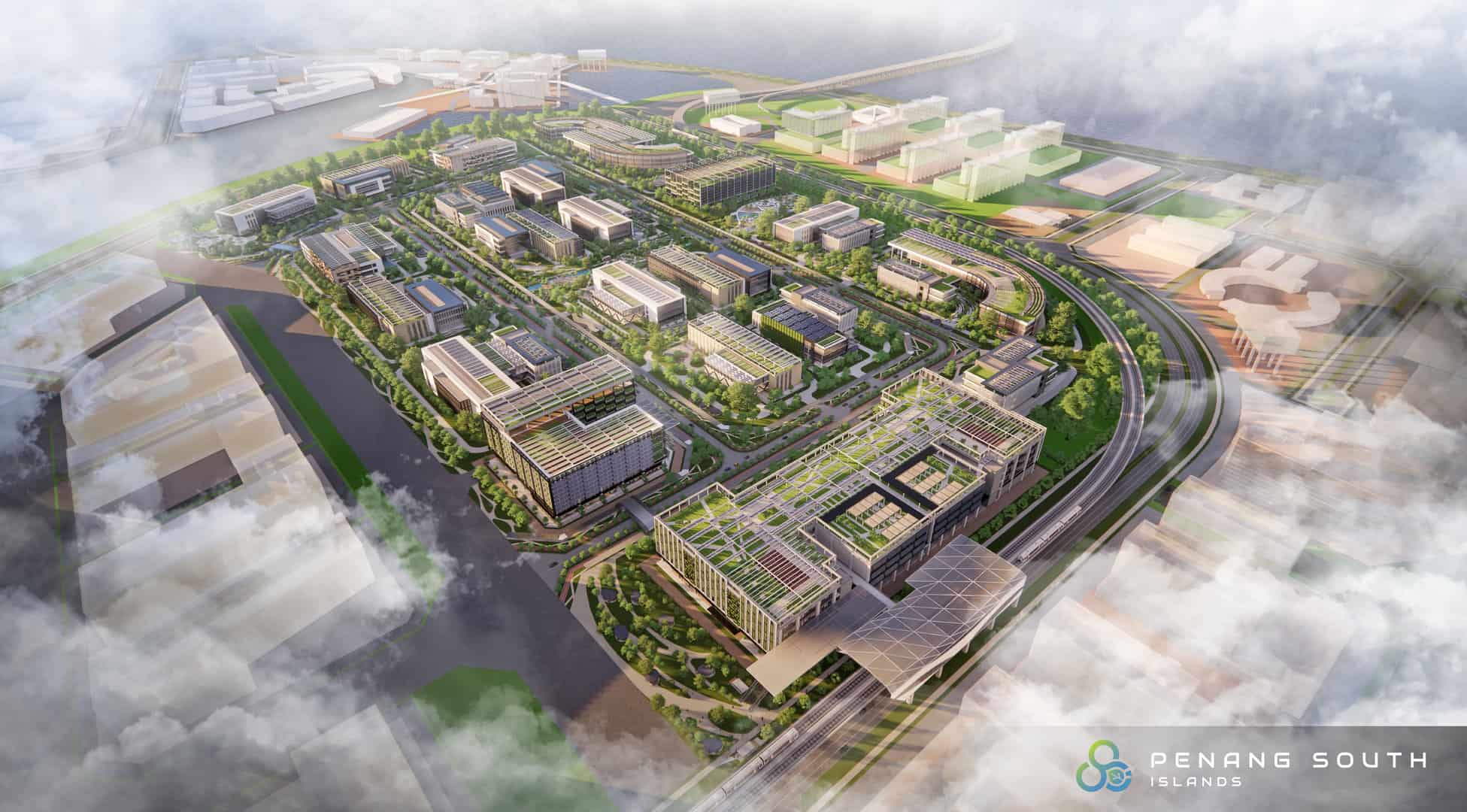
Chow reiterated the proposed components of Silicon Island.
“The Green Tech Park and Global Business Services (GBS) Belt comprise 700 acres, while housing (which includes affordable housing projects) and commercial make up 558 acres. Public spaces, infrastructure and blue-green network take the biggest share of 1,042 acres.
“It is to note that most of the land on Silicon Island will be allocated for infrastructure and a blue-green network, in accordance with our climate-resilient effort and the ESG (Environmental, Social and Corporate Governance). They include roads, waterways, promenades, bicycle lanes, public parks, Light Rail Transit (LRT) depot, and others,” Chow added.
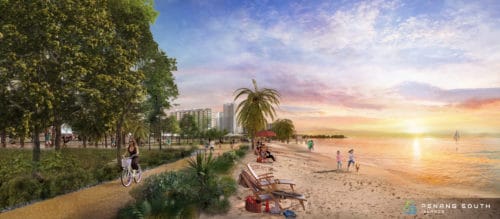
Silicon Island is one of the three islands under the PSI project which will be located at the south end of Penang island, measuring a total of 4,500 acres in land size. It will be 2,300 acres in size, Island B 1,400 acres and Island C 800 acres. The PSI project has recently received the Environmental Impact Assessment (EIA) approval from the Department of Environment (DoE) with 71 conditions.
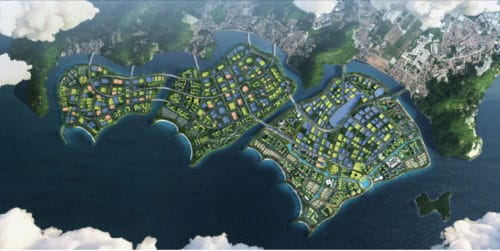
Silicon Island’s master plan has successfully obtained a ‘5 Diamonds’ recognition for the Design Category from the Malaysian Green Technology and Climate Change Corporation (MGTC) in the Low Carbon Cities 2030 Challenge. Various green initiatives will be developed on Silicon Island to reduce carbon production by up to 45%.
Among them are to allocate 405 acres of land for the development of public parks, wetlands, floodplains, and bioswales; to plant and grow mangrove forest which has the potential to become a popular recreational area for locals and tourists; to construct water canals and create a blue-green network that enables the implementation of water taxi transport; a 100% usage of renewable energy at GTP; to implement green mobility by creating 110km of bicycle and pedestrian network; to encourage the use of public transport powered by electricity through the implementation of light rail transit (LRT) and electric bus services; and to construct ‘super low-energy’ buildings equipped with efficient cooling systems and smart features.
Others include implementing sustainable urban planning with climate-responsive design and green characteristics; implementing a dual-function sewage treatment plant, rainwater harvesting, and instal water-saving devices; and implementing recycling programmes, food composting and decomposing processes to reduce wastes in landfills.
Story by Christopher Tan
Pix by Ahmad Adil Muhamad
Video by Law Suun Ting

